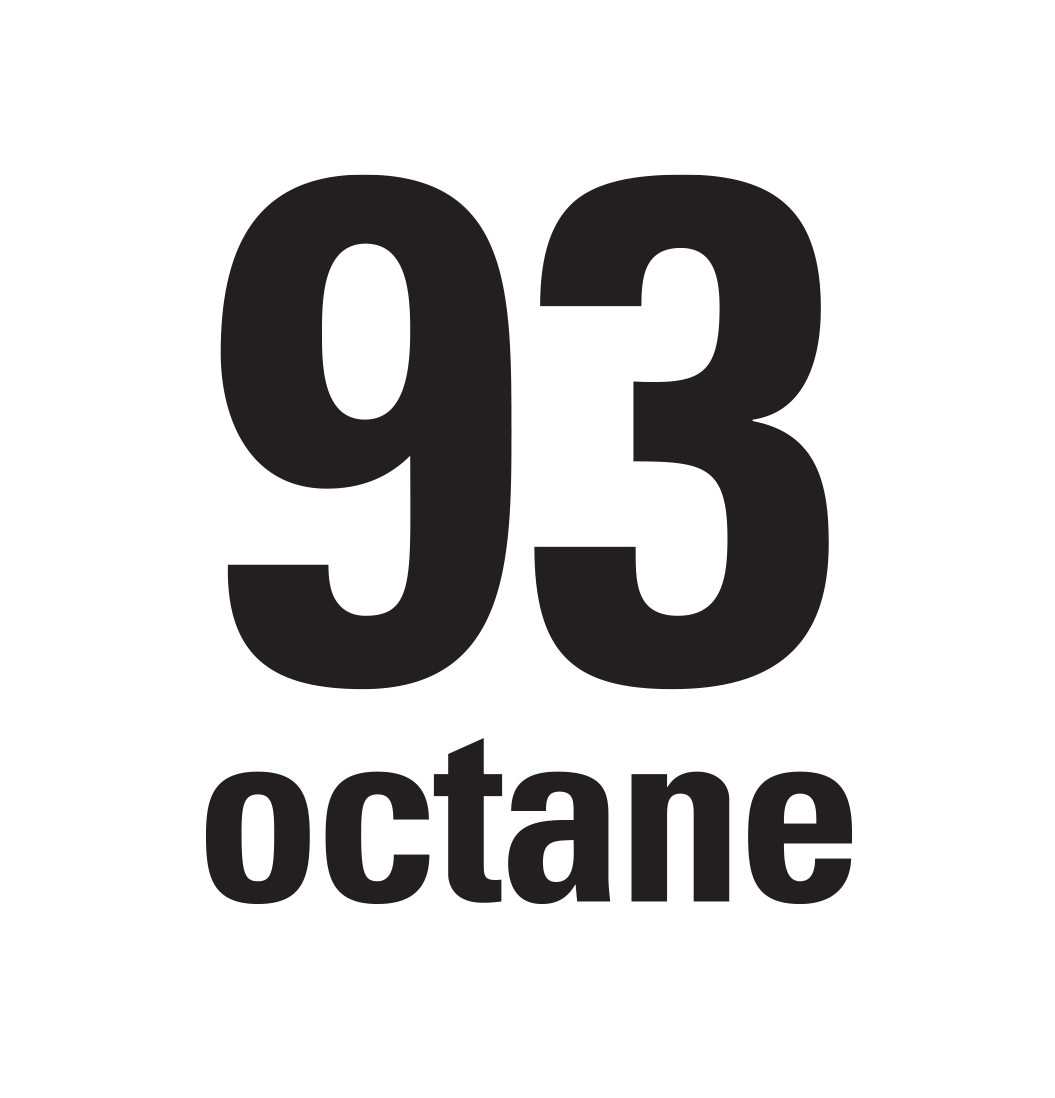The one answer every marketer needs to know.
by Kelly Myers
Account Director
As a marketing company that works with a variety of corporations and non-profits, we’ve created campaigns, large and small. While both present unique challenges, an effective strategy for either starts with a marketing plan based on key metrics such as target audience, price and profit margin. But often, there’s one key piece of information marketing managers either don’t share or simply don’t know: a marketing budget.
Why all the mystery?
Sometimes marketing managers are hesitant to disclose budgets, fearing that an agency will jack up its price to absorb whatever allowance is made. Other times, an entrepreneur may have no idea what a product roll-out may cost, and may be hesitant to commit to a price without more information. While both of these lines of thinking are understandable, they rely on an outdated model of how you should work with a marketing partner.
A good marketing firm should be like an architect. The agency should carefully listen to your needs, prioritize your objectives, and develop a plan to maximize your results based on your available resources. A responsible architect would never design a seven-bedroom house if your budget was $100,000. The same holds true for a marketing firm. With a budget or budget range, they can zero-in on solutions that are within the realm of possibility to give you the biggest bang for your buck.
Why “blank slate” budgets don’t work.
Over the years, I’ve talked to numerous clients and prospects who said “just tell us what we need to spend.” Yet I’ve never had one of these “blank slate” budgets gain approval. Why?
- A budget focuses the range of exploration. It fosters creativity by narrowing the realm of possibilities. Without a budget, an agency is just guessing, and more often than not, spinning its wheels. The more information you can arm your agency with, the better the work you will get.
- A budget provides a reality check. Advertising can be expensive. Even I am surprised at times by the cost of sponsorships, media, printing, video production, website development and advertising promotions. Providing a budget will allow the agency to give you a heads-up if your expectations aren’t in-line with the marketplace and your goals, and will open an opportunity to discuss money-saving options (like using stock photos instead of custom photography, for example).
Finding your ballpark.
So, just how do you know what’s the right amount? Some organizations look at marketing budgets as a percentage of overall costs. Percentages vary by industry, but expect to allocate between 5% and 20% of your overall budget to marketing.
But more than likely, your budget will be driven by math — determined by core factors such as your sales goals and the potential profit or lifetime value of a customer. This will allow you to develop an acquisition cost you can live with and allow your marketing partner to examine potential tactics in light of media and development costs and average response rates, ensuring that you get a strong return on investment.
When “close” is close enough.
All of this is not to say that you have it all figured out before you walk in the door. Marketing is an art after all, not a science. It’s fine to ask for a small, medium and large plan based on a range of investments. It’s also fine to break your budget up into multiple phases to help manage your spending.
But by having a range in mind, a competent firm should be able to give you a broad idea of what you could expect to do in that range. Once you have mutually agreeable goals and expectations, it makes sense to engage a marketing firm to develop your plan.




